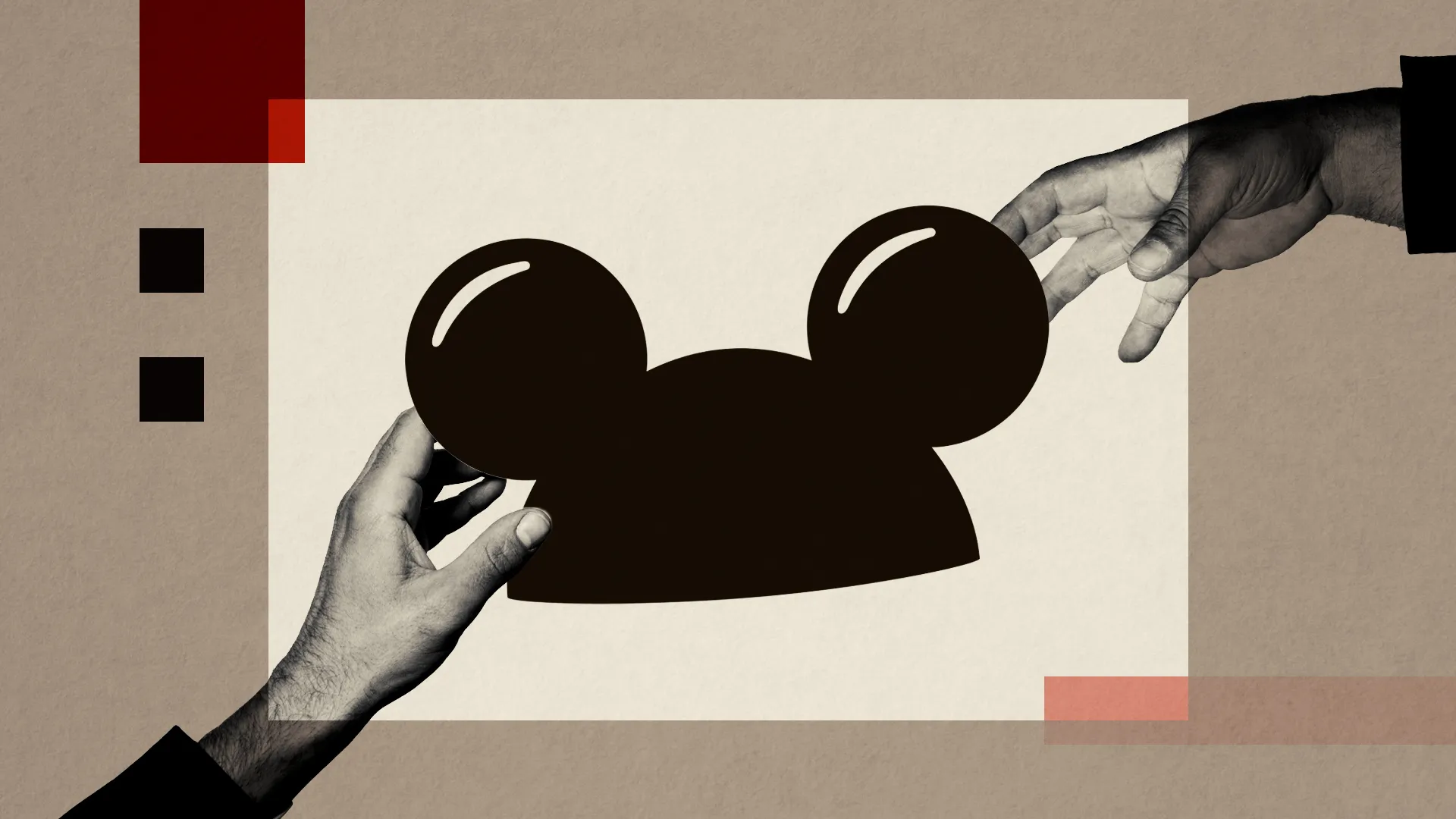BREAKING NEWS
LATEST POSTS
-
OpenAI – Sora 2 is here, more physically accurate, realistic, and more controllable than prior systems
https://openai.com/index/sora-2/
It also features synchronized dialogue and sound effects. Create with it in the new Sora app.
-
DokuWiki and TiddlyWiki- Free Self Hosted Wikis
https://www.dokuwiki.org/dokuwiki
DokuWiki (PHP, flat-file)
- Maturity & stability: Actively developed since 2004, very stable.
- Storage: All content stored in plain text files (no DB at all).
- Portability: Just copy the folder; backups are trivial.
- Features: User management, access control lists, plugins, templates.
- Syntax: Own lightweight markup, but easy to learn.
- Use case: Great for documentation, personal wikis, code snippets, knowledge bases.
This is probably the closest modern equivalent to self hosted Wikie in philosophy.
TiddlyWiki (Single-file wiki in HTML/JS)
- Maturity: First released in 2004, still maintained.
- Storage: Everything in a single self-contained HTML file (JavaScript inside).
- Portability: Just copy one file, runs in any browser.
- Hosting: Can be self-hosted on any web server, or even run locally.
- Features: Plugin ecosystem, themes, good for personal notes and code snippets.
- Use case: Perfect for highly portable personal wikis, though less suited for multi-user environments.
This is the most portable option — literally one file to back up.
-
Geometry Nodes – New essential assets for Blender 5.0
https://projects.blender.org/blender/blender/pulls/145645
High level tools to make the power of Geometry Nodes accessible to any user familiar with modifiers.
The focus here is (opposite to builtin Geometry Nodes) to combine lots of options and functionality into one convenient package, that can be extended by editing the nodes, or integrating it into a node-setup, but is focused on being used without node editing.
-
Ian Curtis – AI world models generated these 3D environments from a single image in minutes, and I turned them into a custom spaceship game level in an afternoon
Here’s how I created it:
Design: I started by generating cohesive concept images in Midjourney, with sleek white interiors with yellow accents to define the overall vibe.
Generate: Using World Labs, I transformed those images into fully explorable and persistent 3D environments in minutes.
Assemble: I cropped out doorways inside the Gaussian splats, then aligned and stitched multiple rooms together using PlayCanvas Supersplat, creating a connected spaceship layout.
Experience: Just a few hours later, I was walking through a custom interactive game level that started as a simple idea earlier that day.
FEATURED POSTS
-
7 Commandments of Film Editing and composition
1. Watch every frame of raw footage twice. On the second time, take notes. If you don’t do this and try to start developing a scene premature, then it’s a big disservice to yourself and to the director, actors and production crew.
2. Nurture the relationships with the director. You are the secondary person in the relationship. Be calm and continually offer solutions. Get the main intention of the film as soon as possible from the director.
3. Organize your media so that you can find any shot instantly.
4. Factor in extra time for renders, exports, errors and crashes.
5. Attempt edits and ideas that shouldn’t work. It just might work. Until you do it and watch it, you won’t know. Don’t rule out ideas just because they don’t make sense in your mind.
6. Spend more time on your audio. It’s the glue of your edit. AUDIO SAVES EVERYTHING. Create fluid and seamless audio under your video.
7. Make cuts for the scene, but always in context for the whole film. Have a macro and a micro view at all times.
-
Scene Referred vs Display Referred color workflows
Display Referred it is tied to the target hardware, as such it bakes color requirements into every type of media output request.
Scene Referred uses a common unified wide gamut and targeting audience through CDL and DI libraries instead.
So that color information stays untouched and only “transformed” as/when needed.Sources:
– Victor Perez – Color Management Fundamentals & ACES Workflows in Nuke
– https://z-fx.nl/ColorspACES.pdf
– Wicus






